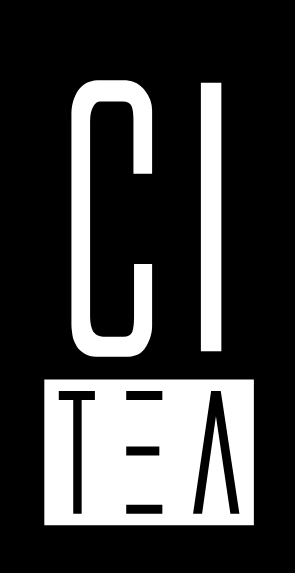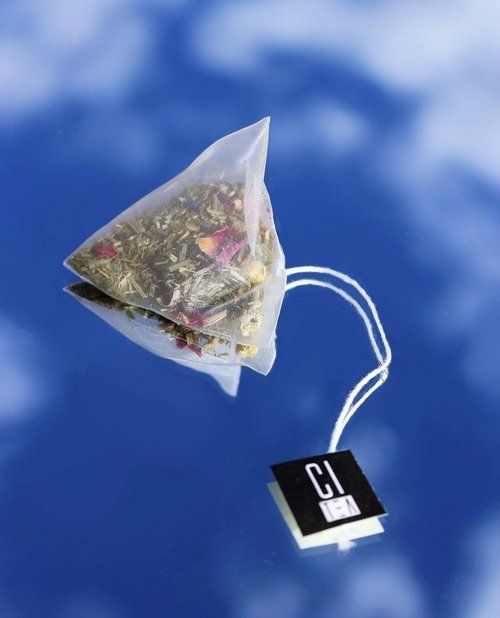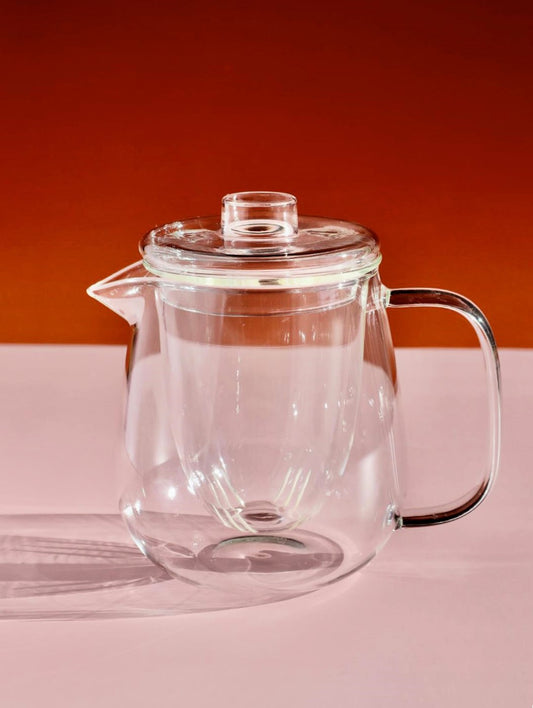How to do Tea Leaf Reading
Tasseomancy, also known as tasseography or tea leaf reading, is a fascinating form of divination that dates back centuries. It’s the art of reading patterns formed by tea leaves or other substances left at the bottom of a cup after the liquid has been consumed. This mystical and esoteric practice has its roots in various cultures around the world. It’s often associated with the British tradition of afternoon tea.

The Origin and History of Tasseomancy
The exact origin of tasseomancy is challenging to determine, but it’s believed to have roots in various cultures, including China, Egypt, Greece, and Persia. However, it was in 18th-century Britain that tasseomancy saw significant growth. At that time, afternoon tea had become a social institution, and reading tea leaves had become a popular form of entertainment. Tasseomancy practitioners, known as tasseomancers or tasseographers, were in demand to provide readings to ladies of high society.
During the 19th century, tasseomancy became even more widespread and integrated into British culture. Many upper class families held tea leaf reading sessions during their receptions. Books and manuals on tea leaf reading were published to teach the art to a broader audience. Over the decades, tasseomancy also gained popularity in other countries and was adapted to various cultures and traditions.
The Practice of Tasseomancy
Tasseomancy involves a multi-step process that begins with the preparation of a cup of black tea with loose leaf tea, or opened tea bag. Once the tea is consumed, a small amount of liquid should remain in the cup. The drinker or tea-leaf reader then carefully overturns the cup onto a saucer to drain the excess liquid. Loose leaf tea then adhere to the cup's inner walls.
The fortune-teller then closely examines the patterns left by the tea leaves. These patterns can take many forms, including lines, circles, spots, and symbols. Interpreting symbols or patterns can give information about the future, a person's personality, or answer specific questions.
Try Reading Tea Leaves at Home
Here's how you can read tea leaves:
-
Start with loose-leaf tea: Begin by using loose-leaf tea rather than tea bags. The leaves should be left at the bottom of the cup for reading.
-
Prepare your tea: Brew your tea as you normally would, and make sure it's strong enough for the leaves to settle at the bottom.
-
Select the right teacup: Use a white or light-colored teacup with a wide, shallow shape. This will make it easier to see the patterns in the tea leaves.
-
Drink the tea: Sip the tea slowly, making sure to leave a small amount of liquid in the bottom of the cup.
-
Concentrate on your question: If you have a specific question in mind, concentrate on it while drinking your tea. Some people prefer to have a question in mind for the reading.
-
Swirl the leaves: Once you've finished drinking, gently swirl the cup in a clockwise motion three times to distribute the leaves around the bottom of the cup.
-
Examine the patterns: Look for shapes, symbols, and images formed by the tea leaves. These patterns may be lines, dots, or larger shapes. Pay attention to both the shapes and their positions within the cup.
-
Interpret the patterns: Interpret the tea leaf patterns based on your intuition or any traditional symbolism you are familiar with. Different sources may provide varying interpretations, but ultimately, it's a subjective process. Trust your instincts and what resonates with you.
Remember that tea leaf reading is a form of divination and is highly subjective. The interpretations can vary from person to person, and there's no scientific basis for it. It's often done for entertainment or personal insight rather than making important life decisions. Enjoy the process and have fun exploring the world of tasseography.
Interpreting the Patterns
The interpretation of patterns in a teacup is highly subjective and largely depends on the experience and intuition of the tasseomancer. However, some common patterns have generally accepted meanings. For example, a star may symbolize hope, a snake can indicate obstacles, and a heart may represent love.
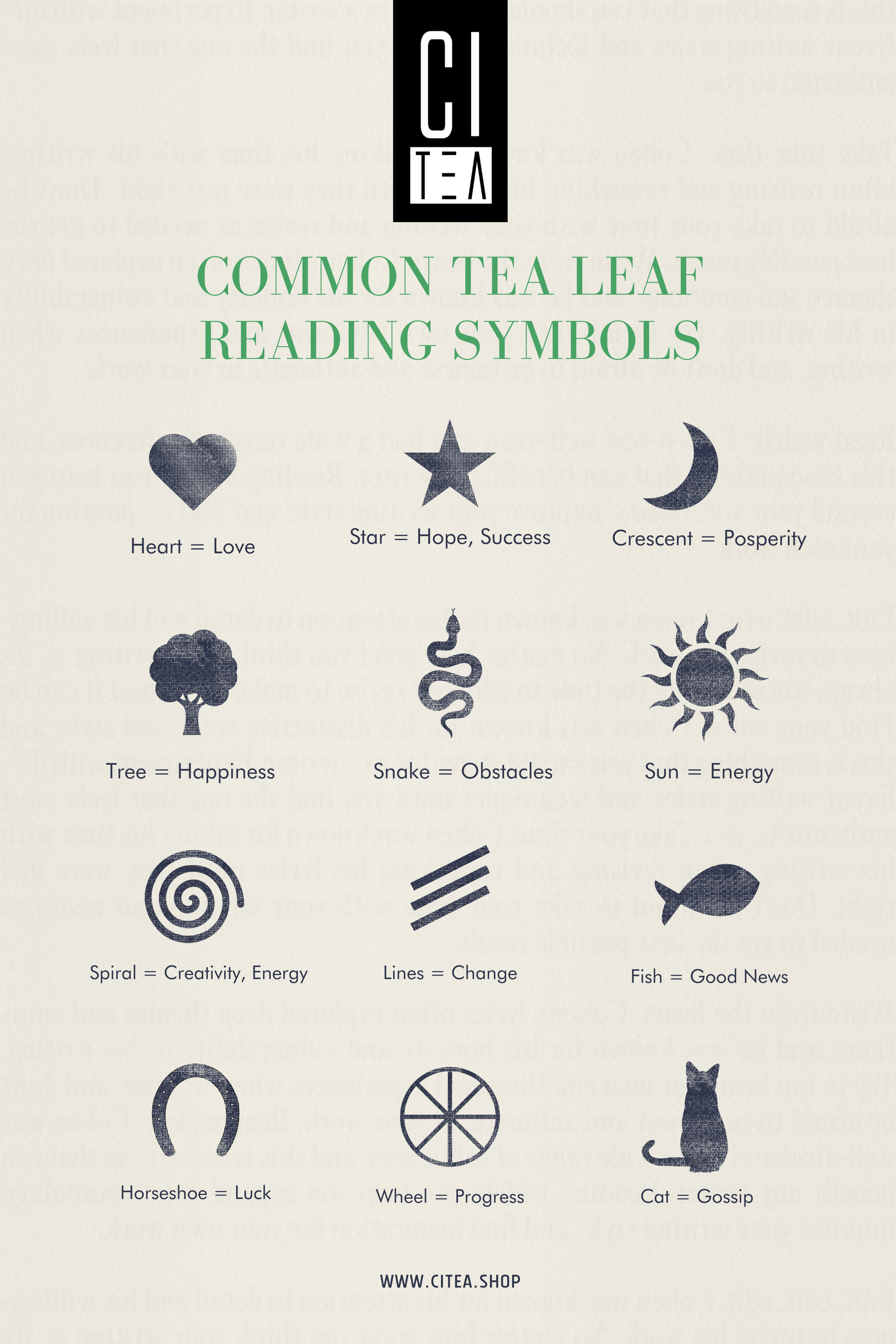
As a rule, you'll run into five different symbol classifications: animals, legendary creatures, items, letters, and numbers. They can be left to personal interpretation.
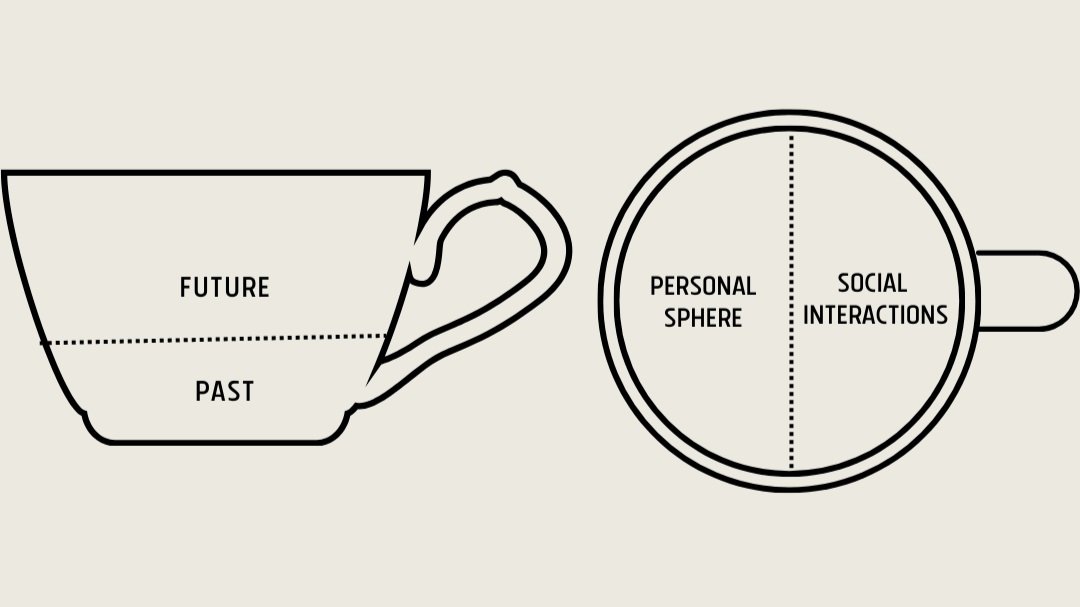
The arrangement of patterns in the cup of tea is also important. Patterns at the bottom of the cup are often associated with the past. While leaf patterns near the top of the cup may represent the future. Patterns on the left may be related to the personal sphere, while those on the right may be linked to social interactions.
Tasseomancy Today
Although tea leaf reading is no longer as widespread as it once was, it remains a popular practice among divination and occult enthusiasts. Today, many tasseomancy is available in services online. No need to find an obscure tea room from the 17th century to learn about your future.
Whether considered a serious form of divination or merely a means of entertainment, tasseomancy continues to captivate the imagination.

